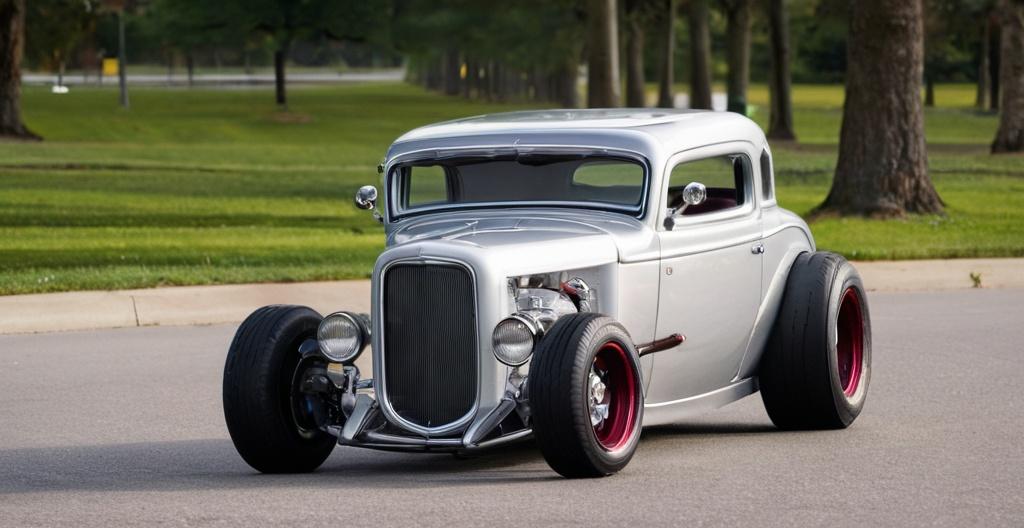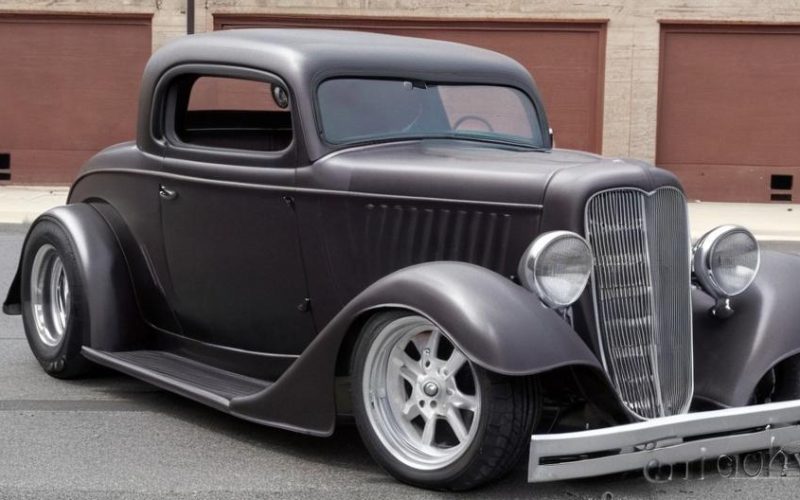Key Take Aways About The Return of Flathead Engines in Street Rodding
- Flathead engines offer simplicity and nostalgia in street rodding, appealing to enthusiasts tired of modern complexities.
- These engines emphasize charm over speed, known for their distinct sound and community-driven culture.
- Challenges include maintaining efficiency and managing heat, appealing to those who enjoy hands-on tinkering.
- Despite performance limitations, flatheads are cost-effective compared to modern engines, ideal for DIY enthusiasts.
- They offer connection to vintage car culture, focusing on heritage and personality rather than pure performance.

The Comeback of Flathead Engines in Street Rodding
The resurgence of flathead engines in street rodding might catch some off guard, but for gearheads, it’s the equivalent of finding your old baseball glove that fits just right. While modern engines are all about turbochargers and computer chips, flatheads bring a certain nostalgia blended with gritty performance.
Why the Rebirth?
It’s not just nostalgia revving this engine comeback. Flatheads are about simplicity. These engines were the bread and butter of the car world before we needed a degree in computer science to fix a misfire. If you pop the hood, you won’t be greeted with a labyrinth of wires and sensors. It’s just raw power backed by the basics.
The flathead V8, made popular by Ford in the 1930s, has an undeniable place in the heart of car culture. Cut to present day, and folks are swapping out their modern engines for these old-school powerhouses, not necessarily to go faster but to capture that authentic rodding feel. Plus, nothing beats the price. Finding a flathead isn’t like hunting for a unicorn; they’re out there, no need to break the bank.
Technical Charm and Challenges
Now, with anything that goes old-school, there are quirks. These engines aren’t the poster child for efficiency. They’re thirsty and not the best at squeezing every drop of juice out of a gallon. But, those low RPMs give off a rumble that modders and cruisers find irresistible. It’s like owning an old vinyl record player; the pops and crackles are part of the charm.
Then there’s the issue of keeping them cool. Flatheads love to run hot. Owning one means playing a relentless game of keeping temperatures in check. So, if you’re primed for tinkering and constant attention, a flathead might just be your next project.
The Community Connection
With flatheads, you’re not just buying an engine; you’re buying into a community. Old-school mechanics, gatherings, and forums are alive and kicking, where folks share tips, tricks, and the occasional gripe about their flathead builds. This sense of camaraderie isn’t as prevalent with more contemporary engines.
“Going flathead” has become a badge of honor. Sure, your ride might not be as fast as Joe’s turbocharged beast, but it’s genuine, as raw as it gets, and that has its own street cred. Being part of this community is like joining a secret club where everyone knows the handshake, even if it involves a misplaced gasket or two.
Street Rodding Stories
Every car enthusiast has a story, and those with flatheads often find themselves in tales reminiscent of the golden era of street rodding. Picture this: a sultry Sunday afternoon, hood popped, a couple of curious folks stopping by, exchanging nods and knowing glances as they peer into the past. And, yes, maybe a little teasing from younger rodders about the lack of horsepower, but it’s all in good fun.
People aren’t turning to flatheads to outpace Ferraris. They’re doing it for that authentic connection to an era when cruising down the boulevard was a statement. Standing by the car, knowing you’ve got something that’s been built, rebuilt, and re-imagined over decades, is a feeling that’s hard to replace.
The Financial Flip Side
In today’s market craziness, where a few bolts can cost an arm and a leg, flathead engines stand out as an anomaly. While restoration and parts costs aren’t exactly pocket change, they don’t compare to modern supercar maintenance. Plus, if you’re handy with a wrench, you can save a stack by doing the grunt work yourself. It’s a DIY dream, if you’re into that kind of thing.
Every now and then, a barn find pops up—a rusty relic waiting for a second life. This kind of treasure hunting adds yet another layer to the story. With prices of some classic engines skyrocketing, flatheads remain a practical choice for those looking to tap into vintage charm without emptying their wallets.
Flatheads: Nostalgia Meets Reality
Sure, the return of flatheads isn’t about reinventing the wheel. It’s about embracing a piece of mechanical history and rolling with it. It’s a rekindled flame in the world of street rodding, driven by folks who value more than just speed.
Whether you’re a seasoned vet or a newbie, the allure is undeniable. The sound, the simplicity, and the history—they’re all part of a package that offers something modern engines sometimes lack: personality. So, while a flathead might not win the drag race, it may well win the hearts and minds of anyone who catches its low, thundering growl echoing down the street.
Thus, if you’re pondering your next build or just want to dip a toe into the past, remember that sometimes the old ways still hold their magic. After all, there’s always room for a bit of nostalgia on the open road.
